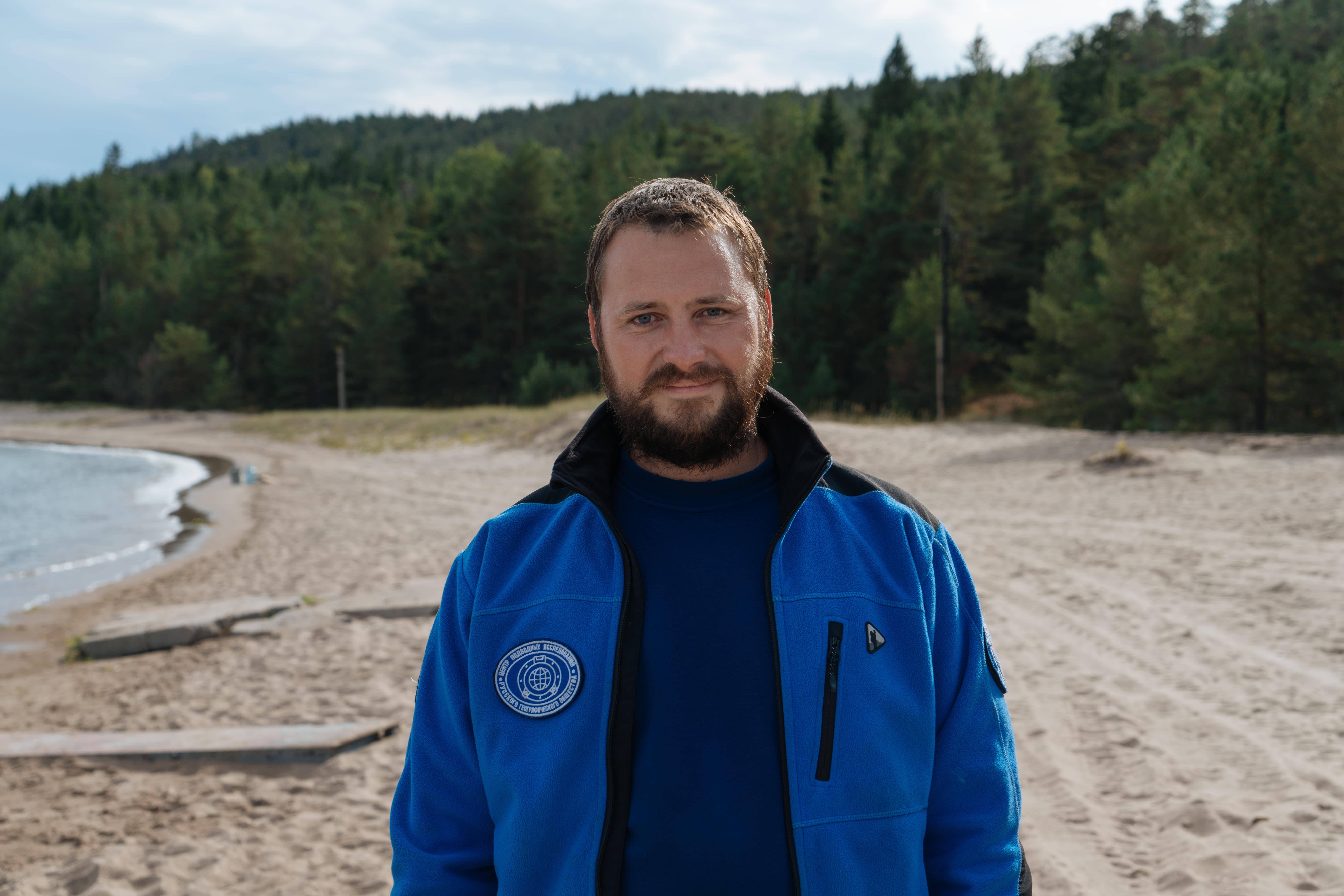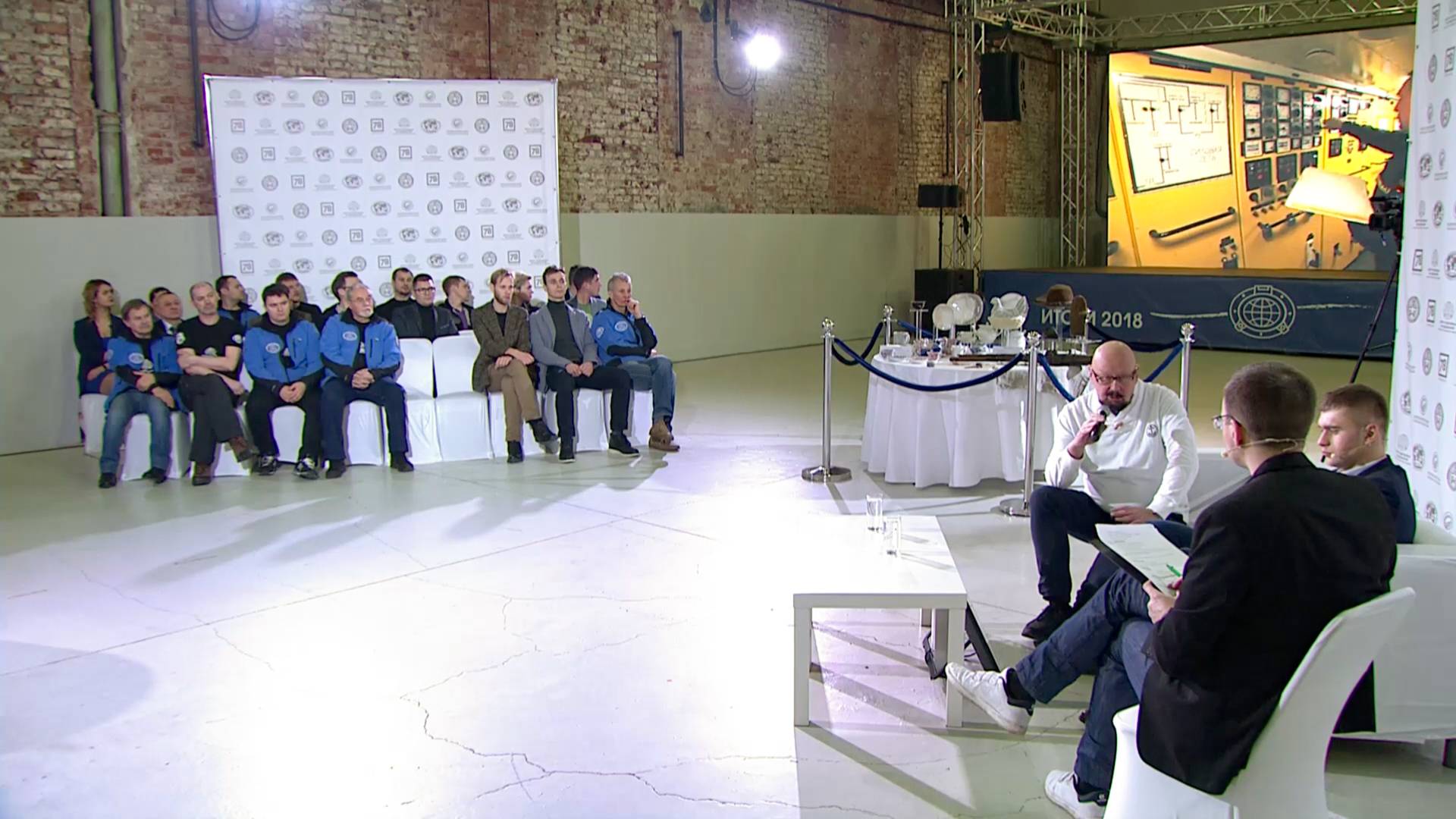Jigit was a conqueror of the Far East. Her history began on June 23, 1856, when the ship headed for St. Petersburg after her launch in Arkhangelsk. Here in Petersburg it was assigned to the First Amur Detachment and sent to explore Amur Oblast and Ussuri krai, the newly-acquired lands of the Russian Empire. During the three years of the expedition, a lot of geographical discoveries were made, including Jigit Bay, Dzhigitskaya Mountain, and Maydel Bay named after the ship’s captain Grigory Maydel.
Alas, this was the end of the clipper’s glorious service. Upon returning to Petersburg, it turned out that the era of wooden ships was on its last legs. The fleet was actively being replenished with battleships, so there was no money to be spared for the repairs Jigit required. Three years later she was decommissioned. On July 2, 1869, the Baltic Squadron demonstrated their excellent training and shooting skills to Alexander II using old ships at the Tranzundsky roadstead. Jigit was among the targets, stricken and sunk.
The divers of the Underwater Research Center of the Russian Geographical Society have performed dozens of dives into the cold dark waters of the Baltic Sea to assess the condition of the ship. The dynamics of the hull’s disintegration is rather depressing. Of course, the clipper had been damaged by the artillery training, however, in recent years, the rate of disintegration has increased. In order to add Jigit to the Registry of Sunken Ships and preserve as much information about her as possible, our underwater operators created photomaps out of hundreds of photos, creating an exact image of the clipper resting at the bottom of the Gulf of Finland. The process was hampered by poor visibility of just 1,5m. It came as a surprise due to the fact that underwater visibility is usually rather good in the Baltic Sea at this time of year.
Another surprise came in the form of the chilling cold weather with the temperature dropping below 25С. Working in the open air and in ice-cold water at these temperatures is no easy task. Surface equipment may ice up and become brittle. Our diving team took this chance to work out all aspects of conducting sub-ice expeditions. We are proud to report we are ready for the cold!
Our experts have also explored the new objects found around the Tranzundsky roadstead. Wooden shipwrecks were found along Pilsky fairway. Now we have to date these ships that had been sunk on purpose to create a barrier.










